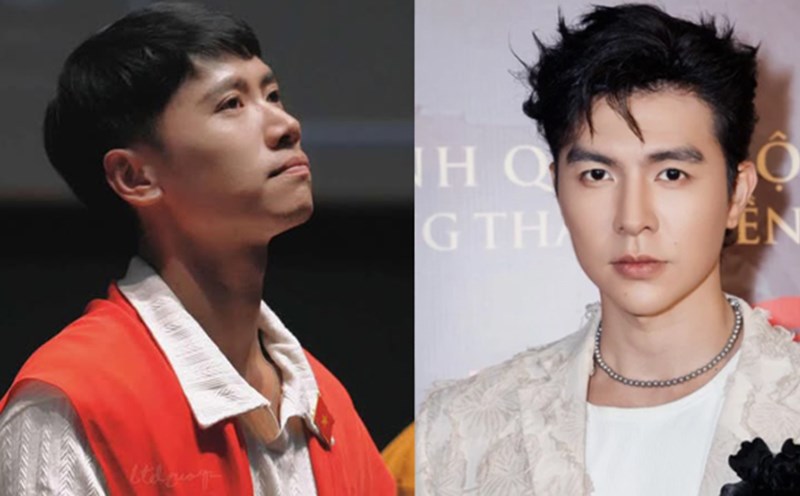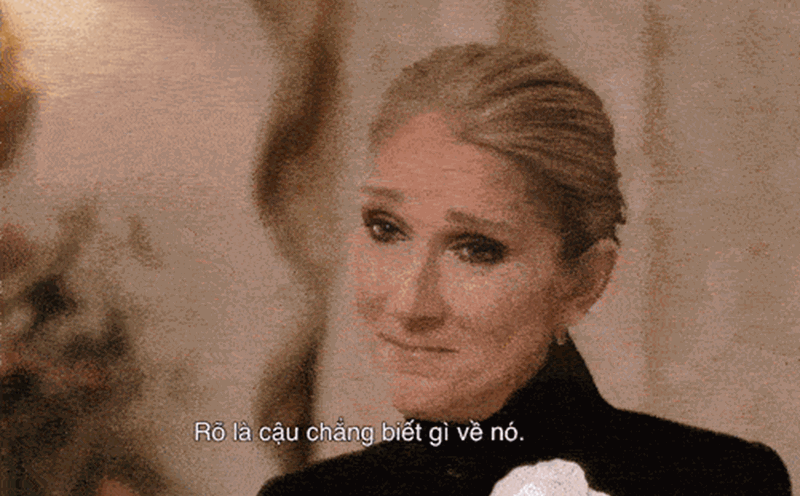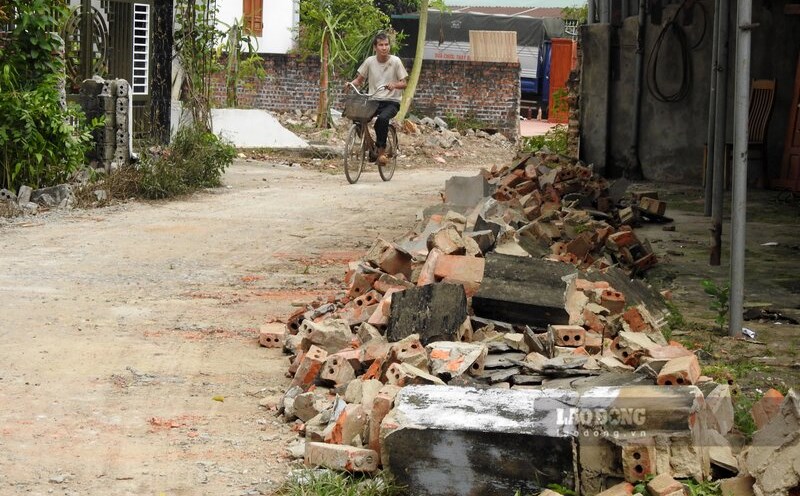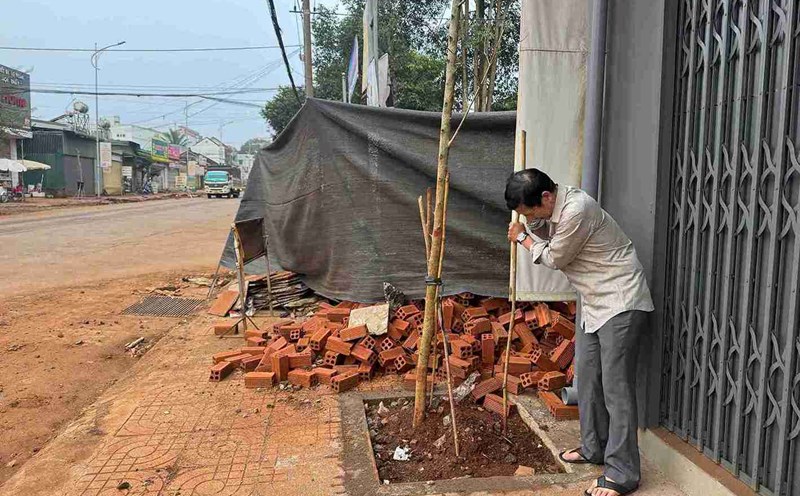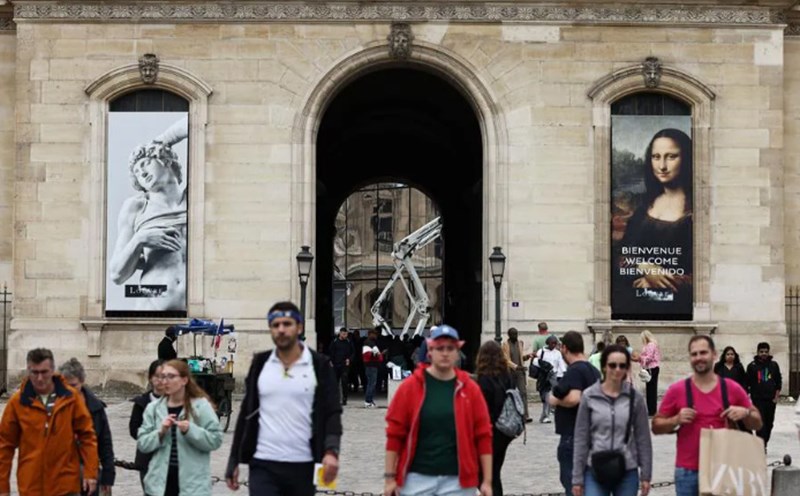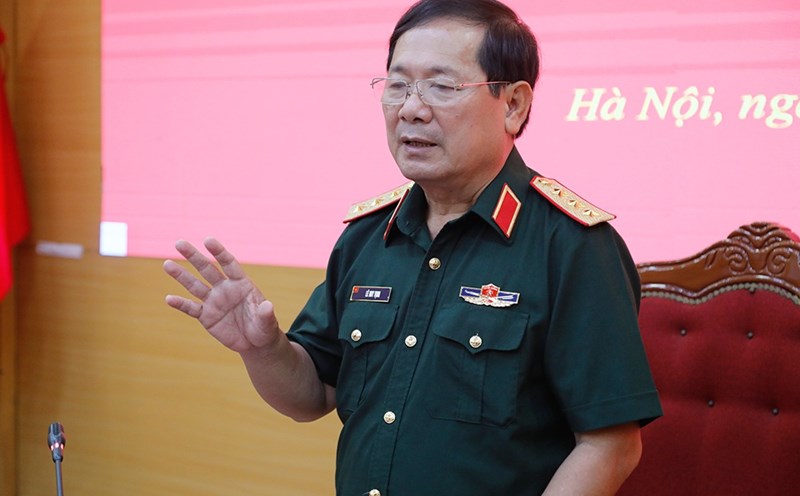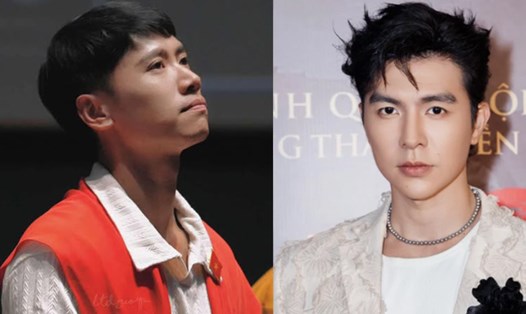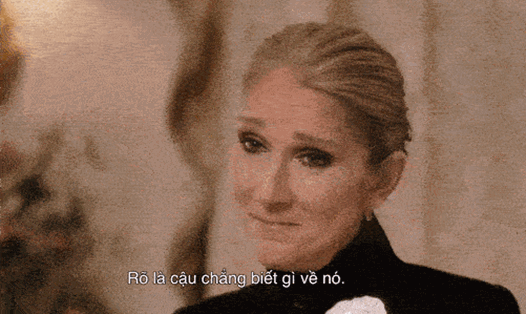Musician Nguyen Dinh Bang was born in 1940 in Ha Nam (now in Ninh Binh province). He passed away on the morning of October 19 at his home after a stroke. His name is associated with many songs such as "Thoi Hoa Thuong", "Con mua em dot nhien"...
Originating from a land with an artistic tradition, he soon showed his musical talent and chose a professional artistic path as a matter of course.
Before being known as a great musician, Nguyen Dinh Bang was a musician of the Vietnam Cheo Theater, participating in performances to serve soldiers and people at many locations, including the Truong Son route during the war.
After that, he studied composition at the Hanoi Conservatory of Music - now the Vietnam National Academy of Music and graduated with a major in music composition with excellent achievements.
After graduating, he worked at the Music Publishing House, as a music editor and held the position until retirement.
After retiring, the musician worked at the Vietnam Music Author Protection Center until 2008, when he retired completely.
Although he wrote music early, it was not until 1987 that Nguyen Dinh Bang's name was truly recognized by the majority of audiences, thanks to the song "Con mua em dot nhien". The song was composed by him while working in Ho Chi Minh City, when he saw a couple standing to avoid the rain on the street.
Since then, he has continuously released many compositions that have left a deep impression. "The time of red flowers" (Thanh Tung's popular poem) is a song considered a symbol, a song of immortal love.
With The Time of Red Flowers, Nguyen Dinh Bang has successfully brought the sound of folk music - especially the Northern Delta - to sti ever to better suit the emotions of the renovation era.
In addition, he also composed "Hai nua trang trang" ( interviewed with Hoang Huu's poetry), "Kho tan Truong Son" - composed from direct emotions on the Truong Son route, and songs such as "Vu xuan ve", "Tuoi tre yeu", "Lam River Duong"...
He once shared that his songs all have folk material and all evoke the image of the past... but not the past that has passed away forever but the past that remains in today's life for listeners to look up.


